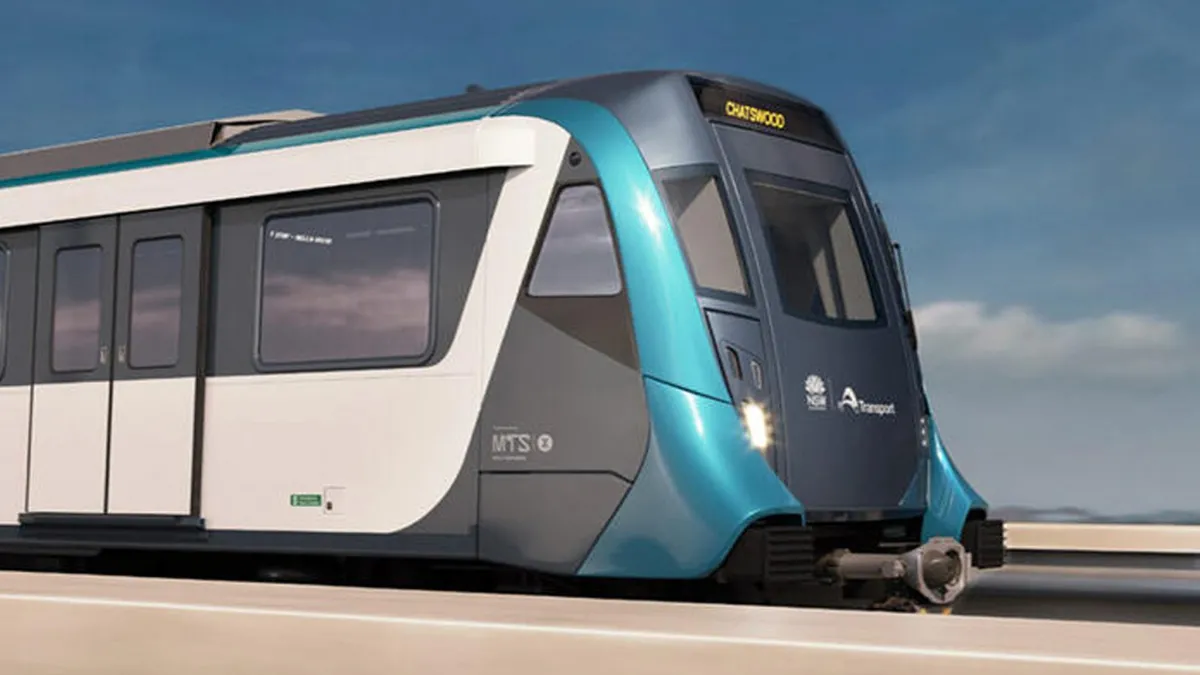PE firms and corporates foraying into industrial real-estate

Goa Likely to Miss October Deadline for Maritime Master Plan
Goa is expected to miss the October 31 deadline for submitting its maritime and waterways master plan, which covers the state’s 105 km coastline and river network. The delay is due to the project management consultant not yet being appointed. The plan is now anticipated to be completed by December, Captain of Ports Octavio Rodrigues stated at the India Maritime Week 2025 roadshow.“We have already selected the consultant and will bring them on board within a week. Only then can we begin drafting the master plan, which is essential to secure central government funding,” Rodrigues added.A c..

Alstom Secures Rs 4.22 Billion Delhi Metro Maintenance Contract
Alstom, a global leader in smart and sustainable mobility, has signed a 10-year maintenance agreement with Delhi Metro Rail Corporation (DMRC) for the Delhi Metro Rail Project.Contract value: €42.09 million (Rs 422 million)Contract duration: 3,650 days (10 years)The contract covers the comprehensive annual maintenance of Bombardier-made metro trains, associated machines and plants, and housekeeping services for both the trains and the Badli Depot of Delhi Metro.Scope of work:The agreement includes the annual maintenance of Bombardier metro trains, related machines and plants, as well as hous..

Goa Approves Rs 1.92 Billion Mapusa Bus Stand Project
The Goa state government has announced plans to construct a new, modern bus stand in Mapusa, addressing a long-standing demand from Bardez residents. The project, to be executed under a public-private partnership (PPP) model, will involve an investment of approximately Rs 1.92 billion.The decision comes after reports highlighted the deteriorating condition of the existing bus stand, which suffers from potholes, garbage accumulation and waterlogging during the monsoon.The new bus stand will be developed over an area exceeding 27,000 square metres and will offer significant improvements, includi..
















